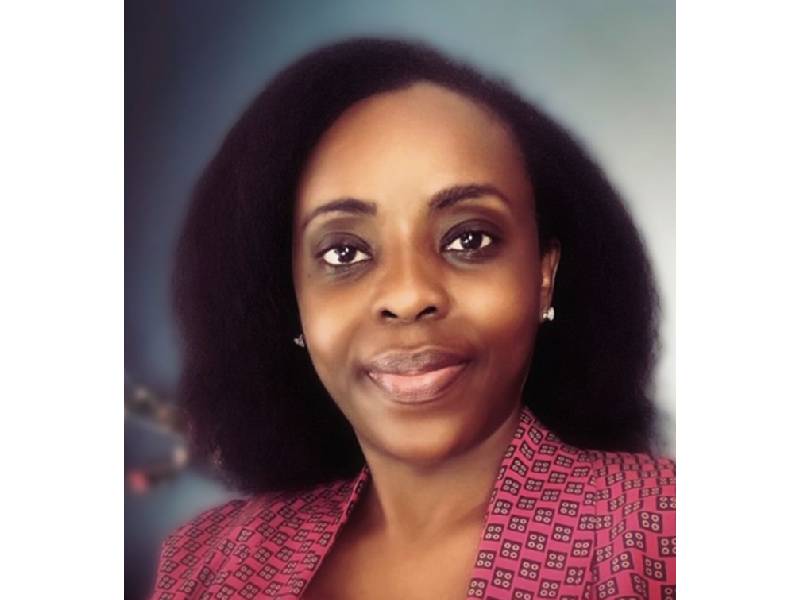Photo by Tima Miroshnichenko
Every October, the United Kingdom comes alive with vibrant celebrations as they mark Black History Month. This annual event has been marked in the UK for more than 30 years and has grown significantly in importance and recognition over the years.
Throughout history, Black people have made huge contributions to society in different fields, from art to science and many more areas. These contributions were often ignored or played down in the past because of racism. It is therefore a time for recognizing and celebrating the stories and contributions made by amazing Black people to the cultural and economic development of the UK.
Where did Black History Month originate?
It all started in the United States when historian Carter G. Woodson and the Association for the Study of Negro Life and History announced the second week of February to be “Negro History Week”. Woodson was the son of former slaves, who did not have access to a good education and job opportunities while growing up. Over the years, he ended up gaining an impressive number of qualifications, including a Ph.D. in history from Harvard University.
In 1926, Woodson and the Association for the Study of African American Life and History created ‘Negro History Week’. Many consider this the first version of Black History Month, as we know it today.
Following Dr. Woodson’s death in 1950, people continued to celebrate and learn about Black history and fought for better rights for Black people. In 1976, Black History Month was officially recognized by then-President Gerald Ford during the United States Bicentennial celebration. Since then, every US president has officially designated February as Black History Month. This month was chosen in the US because it coincided with the birthday of former President Abraham Lincoln and Frederick Douglass, who both played significant roles in helping to end slavery.
In the UK, Black History Month was first officially celebrated in 1987, which coincided with the 150th anniversary of Caribbean emancipation of slavery and the 25th anniversary of the Organisation of African Unity. Ghanian analyst and activist Akyaaba Addai-Sebo was reported to have played a huge role in organizing the UK’s first Black History Month.
You’ll also notice that while Black History Month is celebrated in February in the United States, it’s celebrated in October in the UK.
There are said to be two reasons behind this:
– Traditionally, October is when African chiefs and leaders gather to settle their differences, so Akyaaba chose this month to reconnect with African roots.
– Additionally, many thought that since it was the beginning of the new academic year, October would give Black children a sense of pride and identity.
Recognizing iconic Black women in British history
While celebrating Black History Month, people take the time to find out stories of Blacks who have made a difference in the UK. Some of the people from the past didn’t always get the recognition they deserved or were ignored because of racism. And the achievements and stories of Black women were even more often overlooked.
This year’s theme is ‘Black History Month 2023: Celebrating our Sisters, Saluting our Sisters, and Honoring Matriarchs of Movements’.
So this October, we are recognizing these amazing Black women whose contributions are often forgotten and the crucial role they played in shaping history, inspiring change, and building communities.
Read on to find out about these incredible Black women who made an impact in the UK.
Ivory Bangle Lady (4th century AD)

Image: A digital reconstruction of the Ivory Bangle Lady’s potential facial features. Source: Yorkshire Museum, reconstruction by University of Reading Department of Archaeology
In 1901, an ancient burial site was found in York. The remains included a skeleton surrounded by expensive beads and jewelry. It was later discovered that it belonged to a wealthy woman of North African descent. Now known as Ivory Bangle Lady, her grave site is used as proof that the UK may have been a lot more ethnically diverse than mainstream Black British history suggests.
Mary Seacole (1805 – 1881)
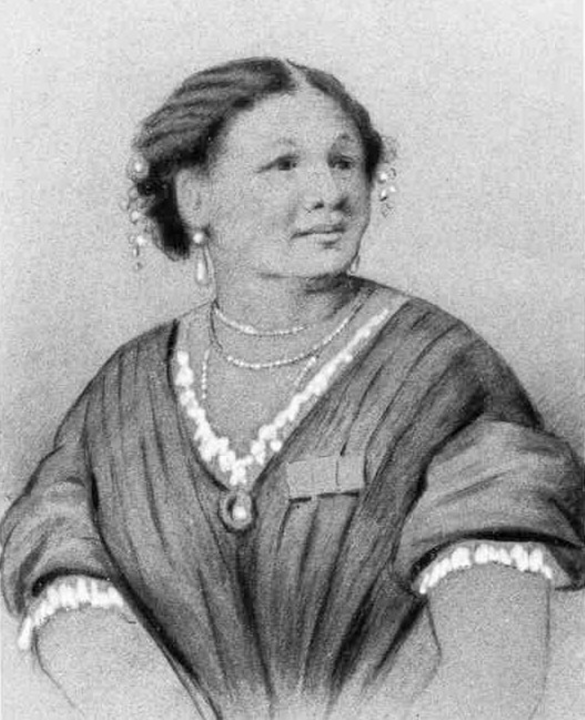
Image: Portrait of Mary Seacole. Source: Public Domain
She was a pioneer nurse and heroine who risked her life for others whilst overcoming the prejudice faced as a mixed-race woman in Britain. Born to a black woman and a Scottish army officer in Jamaica, Seacole moved to England in 1854.
When she heard about British soldiers being injured in the Crimean War (1853-1856), she pleaded with the War Office to send her to the front as an army nurse. But this was denied. This was part of the discrimination Mary experienced for being a Black woman. Despite the refusal, she raised the money herself and found her way to Crimea, where she set up a hotel, a safe space for nursing wounded British soldiers back to health, just outside Balaclava. After her death, her fundamental role in the war was largely forgotten, and she was overshadowed by Florence Nightingale in the British press. Thanks to modern campaigners she was remembered and is now considered a brave heroine of the war. In 2004, she was voted the greatest black Briton in a BBC poll. In 2016, a statue of her was built outside St Thomas’ Hospital in London.
Phillis Wheatley (1753-1784)

Image: Engraving of Phillis Wheatley. Source: Wikimedia Commons
Born in West Africa, she was put on board a ship to the US, where she was sold into slavery to work for a family called the Wheatleys. She was named after that ship – the Phillis. She was taught to read and write and wrote her first poem at the age of 14. She moved to England with her son at 20, and published her first book within a year, making her the first African-American poet to be published, with her first volume of poetry in 1773.
Her brilliant writing proved that enslaved women could have amazing intellects. This was one of the factors that contributed to the anti-slavery movement.
Fanny Eaton (1835-1924)
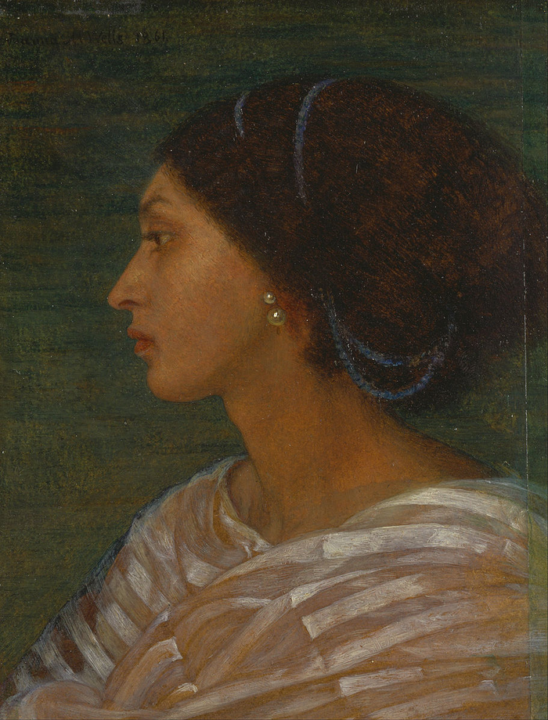
Image: Painting of Fanny Eaton, by Joanna Boyce Wells, 1861. Source: Wikimedia Commons
She was the first Black British supermodel, changing the ideals of beauty in the Victorian era. The Jamaican-born model came to London as a child, shortly after slavery was abolished in the British colonies. She posed for many Pre-Raphaelite painters in the 19th century including John Millais, Rebecca Solomon, and Frederick Sandys. Her presence in the art world was said to have challenged conventional beauty standards and racial biases. Drawings and paintings of Eaton feature in collections in the UK and the world.
Mary Prince (1788-1833)
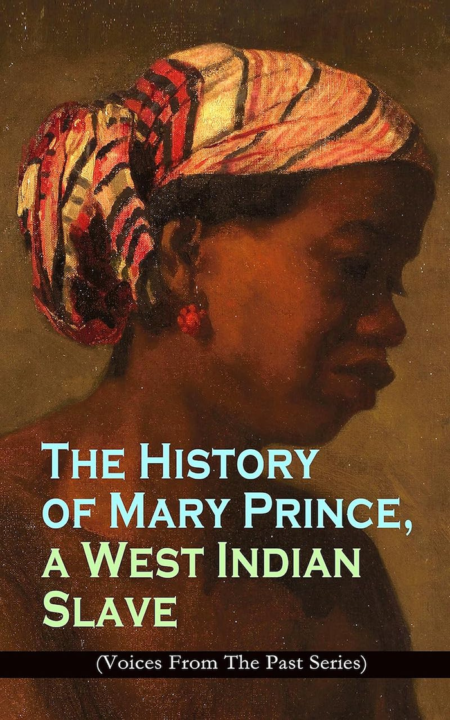
Image: Book cover for The History of Mary Prince. No surviving photos or depictions of Mary Prince exist.Source: amazon.com
The visionary abolitionist and writer was a slave who became the first Black woman to write and publish an autobiography in the UK. Her book, The History of Mary Prince, helped raise awareness about the horrors of slavery.
Born in Bermuda to enslaved parents, she had five different people claim her as property throughout her lifetime. In 1828, she was brought from Antigua to England. She left her then-owners, Mr. and Mrs. John Wood, to join the Anti-Slavery Society. She became the first woman to present an anti-slavery petition, for her to return to Antigua as a free woman to be with her husband there. The petition was unsuccessful. Mary was eventually able to return to her home as a free woman, aged 46, in 1833.
Olive Morris (1952-1979)
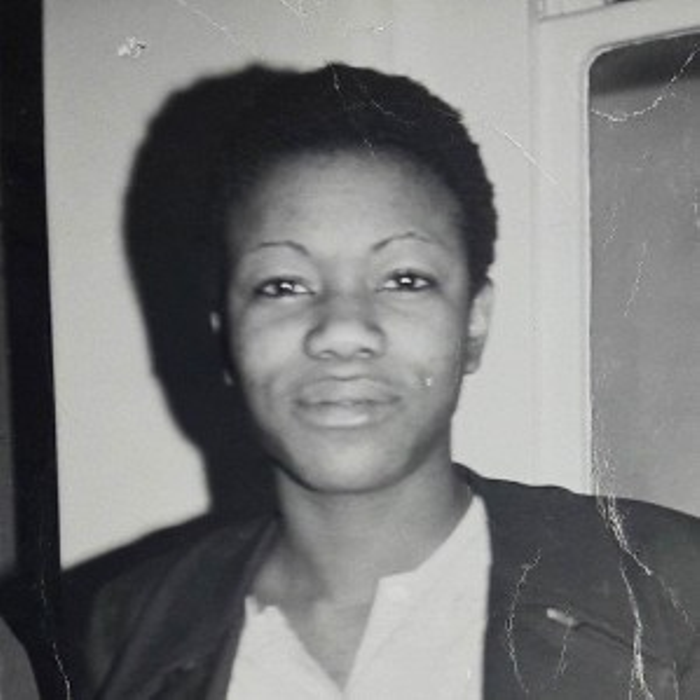
Image: Olive Morris. Source: Fair Use
She was a prominent figure in terms of civil rights in the UK. Olive was a founding member of groups like the Organisation of Women of African and Asian Descent (OWAAD) and the Brixton Black Women’s Group. She was also involved in campaigns for social justice and racial equality. She died at 27, but even at this young age, she had contributed greatly to Black communities across the UK.
Claudia Jones (1915 – 1964)
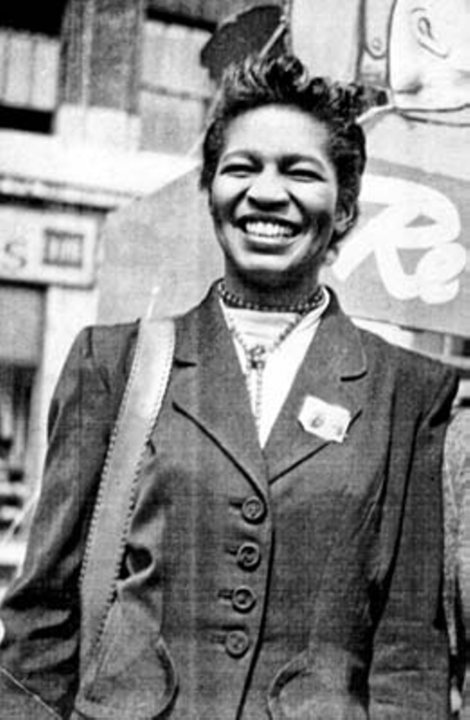
Image: Claudia Jones. Source: Public Domain
The Trinidadian-born activist was the founder of Notting Hill Carnival, which has become one of London’s most celebrated events. A pioneering journalist and political activist, she played a significant role in the UK’s civil rights movement. In 1958, she launched the West Indian Gazette – an anti-racist newspaper campaigning for social equality.
Diane Abbott (born 1953)
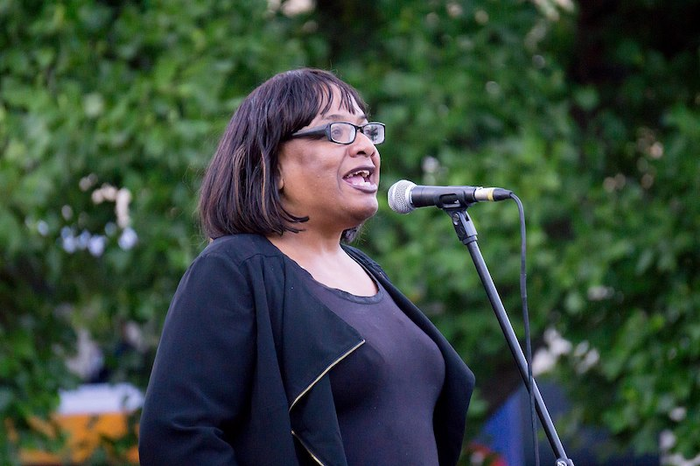
Image: Diane Abbott speaking. Source: Wikimedia Commons
A vocal supporter of race equality and justice, she made history as the first Black woman to be elected to parliament in 1987. She continues to work as an MP and has been advocating for social justice throughout her political career. However, it has not always been easy for her. Diane has spoken out many times about the abuse she faces as a Black woman in the public eye, but she never lets it stop her from fighting for what she believes in.
Contemporary Black women are also breaking barriers and continuing the legacy of their predecessors in various fields
Kym Oliver & Jumoke Abdullahi, The Triple Cripples

Image: Kym Oliver and Jumoke Abdullahi. Source: thetriplecripples.uk
Kym and Jumoke were tired of the lack of representation faced by Black and non-Black people of color living with disabilities, like them, so they took action. They created a platform to increase visibility and highlight the narratives of these “invisible populations, within an invisible population”. Kym and Jumoke talk about the difficulties faced by disabled women of color via their blog, YouTube channel, and podcast.
Nicola Adams
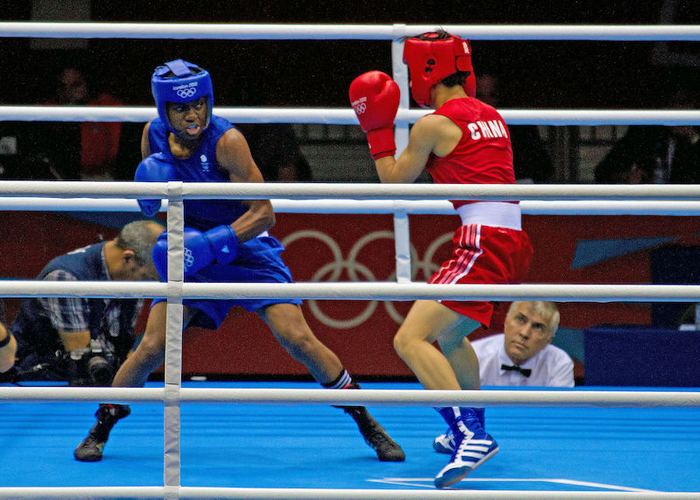
Source: Wikimedia Commons
The British former professional boxer is one of the most iconic Black women in British sports history. She became the first woman to win an Olympic boxing gold medal when she claimed the title in the flyweight division at the 2012 London Olympics and successfully defended her gold medal at the 2016 Rio Olympics. She was also the first openly LGBT boxer to win a medal. Up until 2012, the Olympics didn’t allow women to compete in boxing, so Nicola was fighting stereotypes to earn her place in the ring.
Nicola didn’t stop making history when she stopped boxing, she broke boundaries as the first same-sex couple to dance in Strictly Come Dancing in 2020.
Dr Shirley Thompson
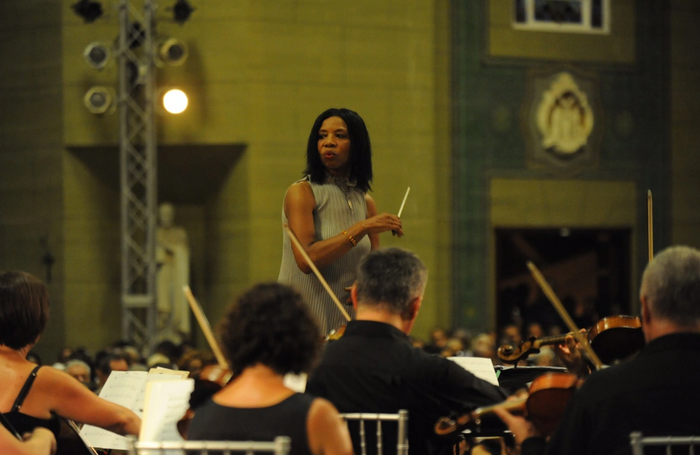
Image: Dr. Shirley Thompson with orchestra. Source: meettheartist.online
The renowned British composer, conductor, and musicologist was named “one of the most inspirational Black British women” by the newspaper Metro. She is known for her significant contributions to the world of classical music and her advocacy for diversity and inclusion in the arts. In 2004, she became the first woman in Europe to conduct and compose a symphony in the past 40 years. It was called New Nation Rising, A 21st Century Symphony. She has also written pieces to be used in films, on television, by dancers, and on stage. Dr Shirley was named in the Evening Standard’s Power List of Britain’s Top 100 Most Influential Black People in 2010, 2011, 2012, 2013, 2014, 2015 and 2016.
Challenges faced by Black women in the UK
Black women in the UK have faced various challenges throughout history, based on both their race and gender. Some of these challenges include:
Gender and racial discrimination: Black women have had to deal with systemic racial discrimination in various aspects of life, leading to unequal opportunities and outcomes. Some still experience stereotypes and biases that are specific to their racial and gender identities.
Violence and Harassment: There is a long history of violence, including domestic abuse and sexual harassment against Black women that often goes unnoticed and unreported. Reporting and seeking support can be complicated by cultural stigma and fear of retaliation.
Health Inequities: Black women in the UK sometimes have to deal with discrimination in vital healthcare systems. They are more likely to die in pregnancy, childbirth, or in the postpartum period, compared to their white counterparts. This could be a result of certain biases as some medical students still believe that Black people feel less pain. Therefore, they do not take their cries seriously.



